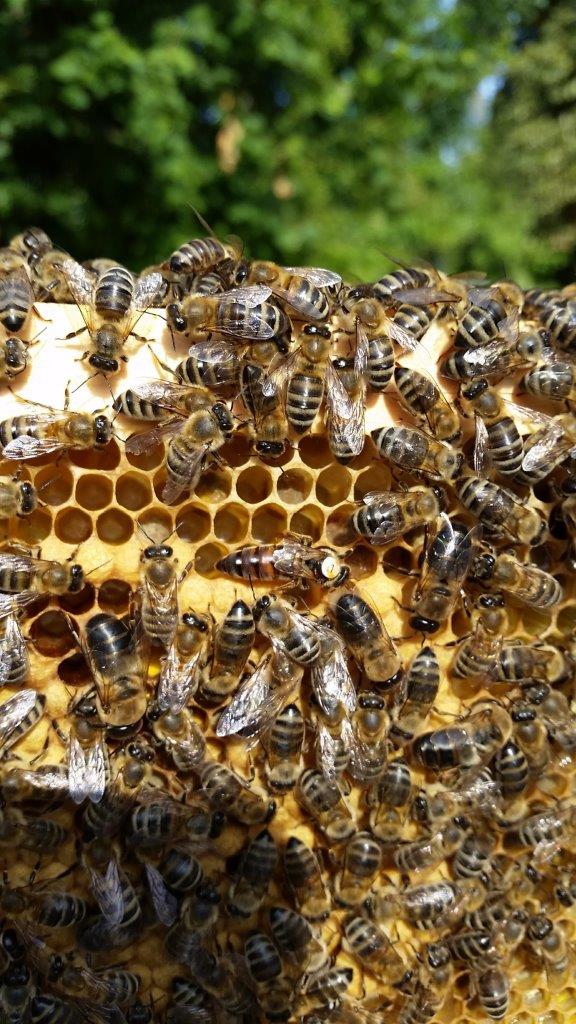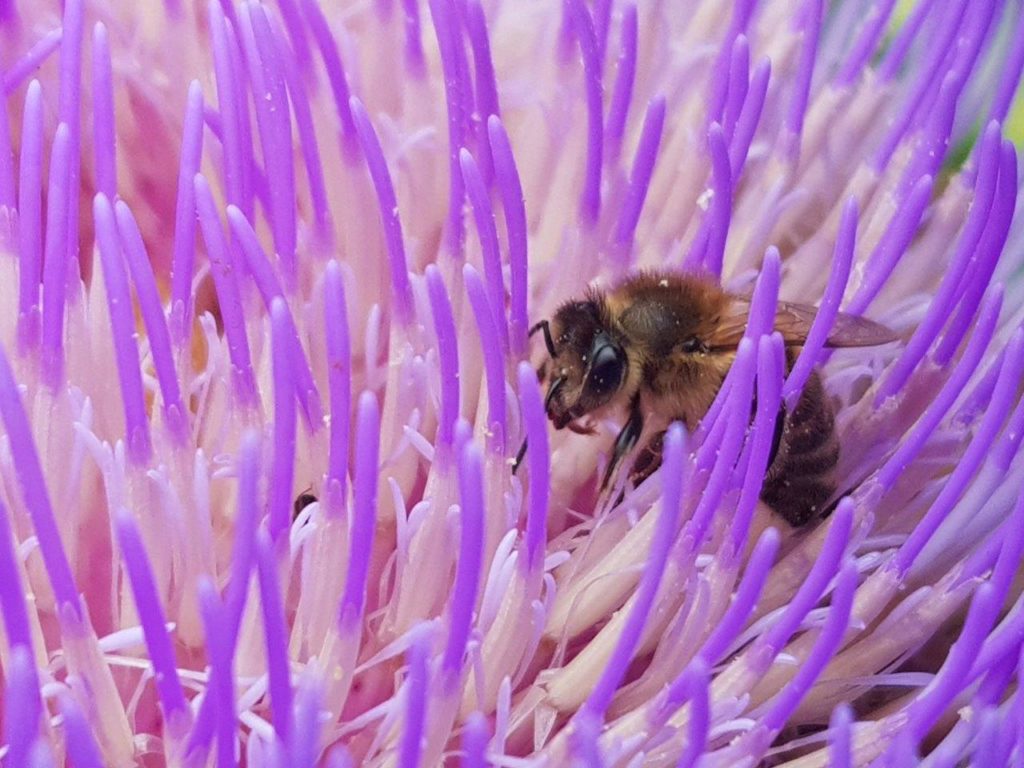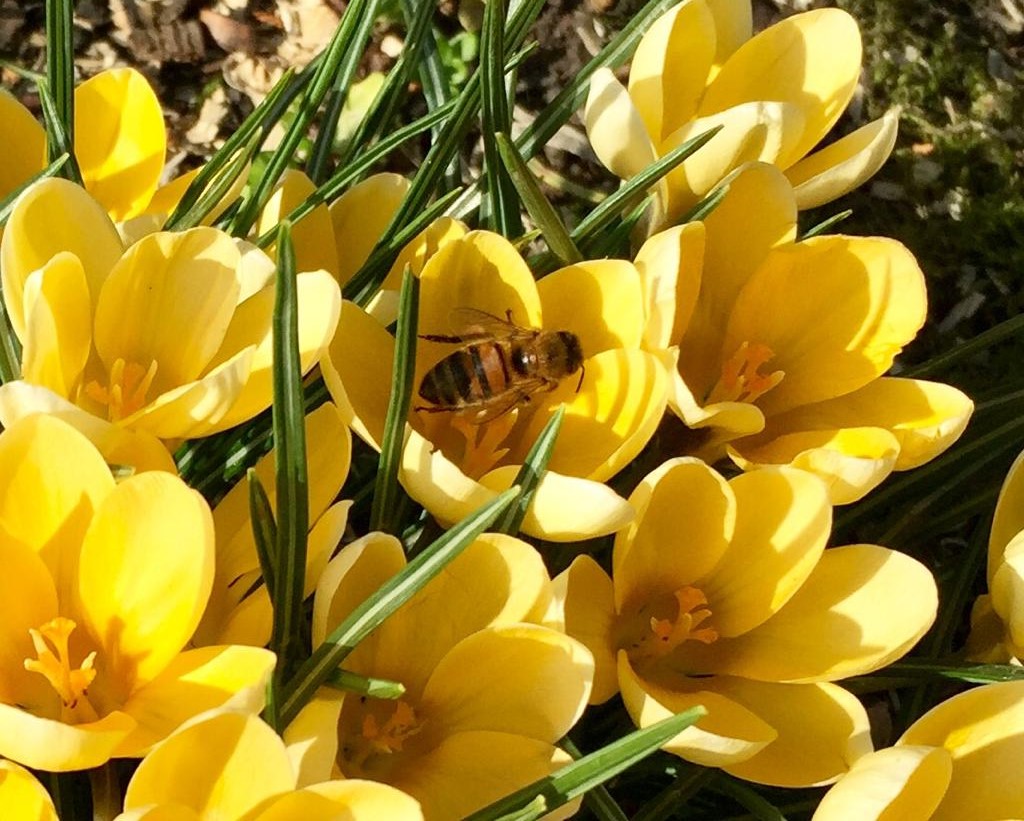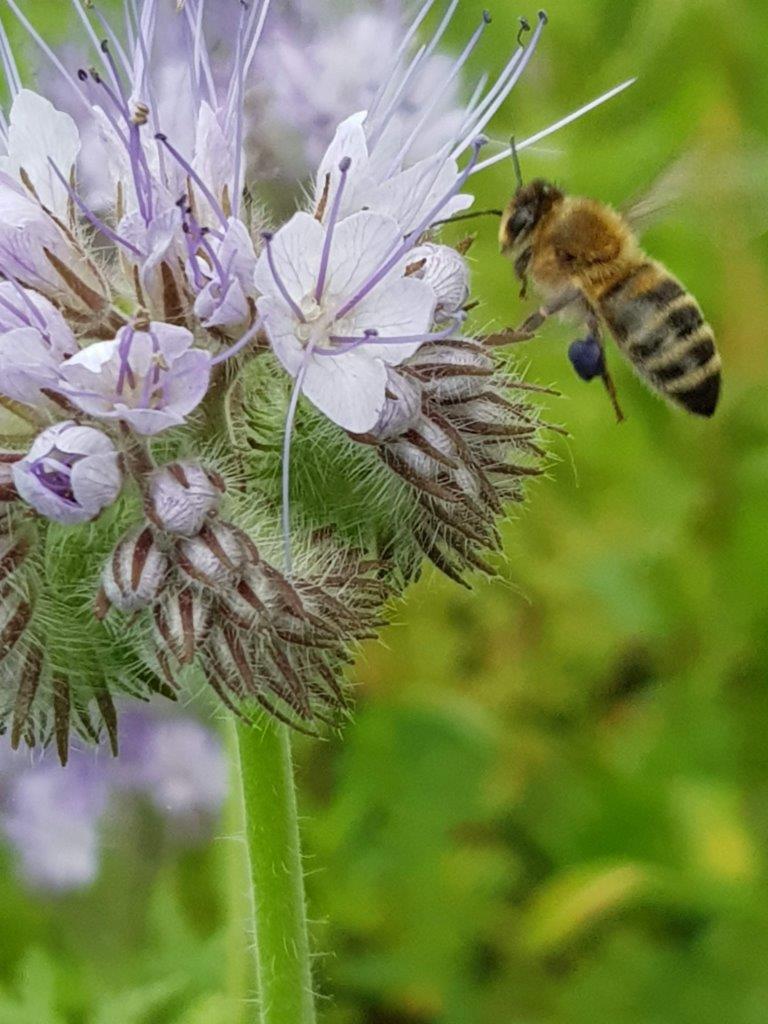all about
BEEKEEPING
A short
History
I’ve always been fascinated in biology, nature and horticulture. I probably got this from my dad who was green fingered and studied herbs and plans. I also had a great-grandfather who kept bees – so it’s in my blood!
In reading about and researching beekeeping, I’ve learnt a lot about the history of beekeeping. I’ll soon be adding more information here – so check back soon.




functions of the
honey bee
There are thousands of bees in each hive.
Queen
The Queen bee is the only members of a colony able to lay fertilised eggs. She is capable of producing up to 2,000 eggs a day. Queens mate early in life and store up millions of sperm within their bodies. While they are capable of living up to five years, they often only live two to three years.
Workers
Worker bees are the largest population within a colony. Worker bees are entirely female, but they are unable to produce fertilised eggs. If there is no queen they do sometimes lay unfertilised eggs, which become male drones. Worker bees use their barbed stingers to defend the colony, but after attacking, the barbs attach to the victim’s skin, tearing the stinging bee’s abdomen, resulting in death.
Workers are essential members of honey bee colonies. They forage for pollen and nectar, tend to queens and drones, feed larvae, ventilate the hive, defend the nest and perform other tasks to preserve the survival of the colony. The average life span of worker bees is only around six weeks.
Drones
Drones, or male honey bees, have only one task: to fertilise new queens. Drones mate outdoors usually in midair and die soon after mating. Some honey bee colonies will eject surviving drones during autumn when food for the colony becomes limited.
